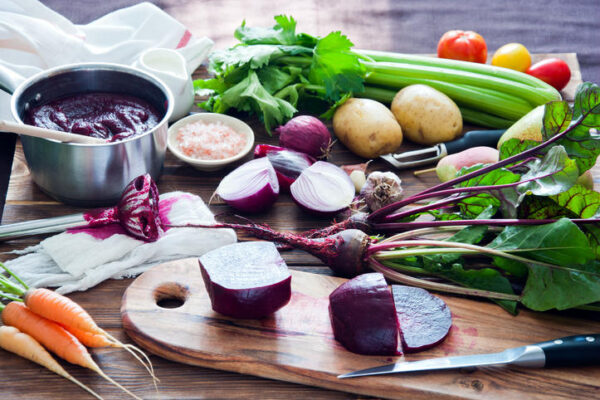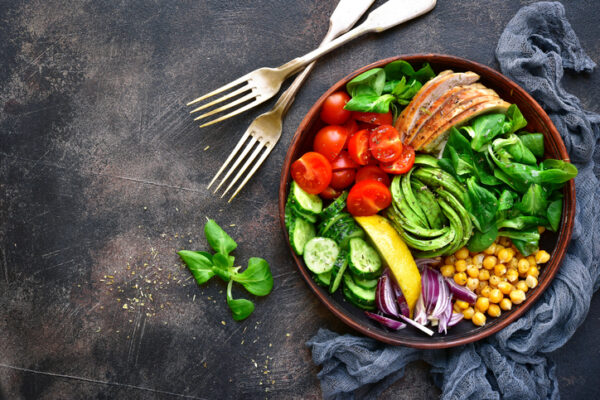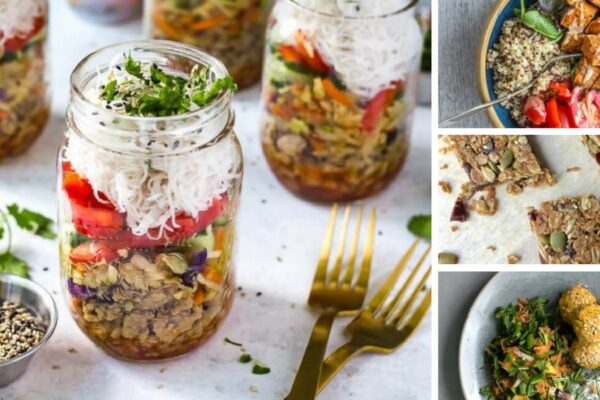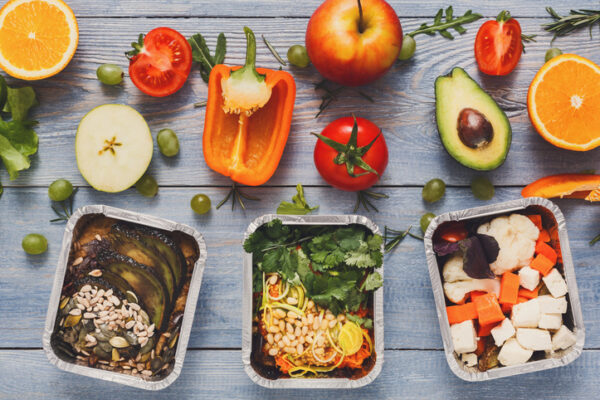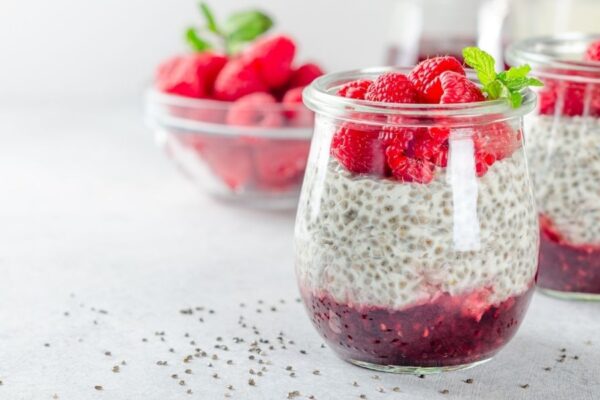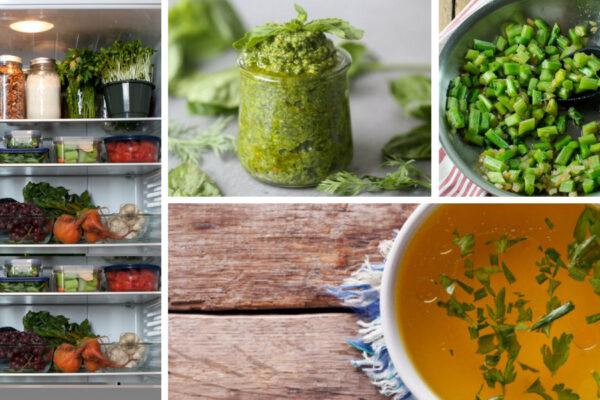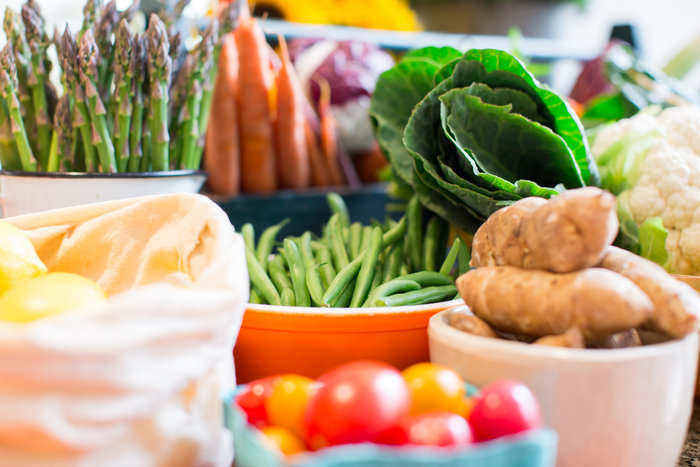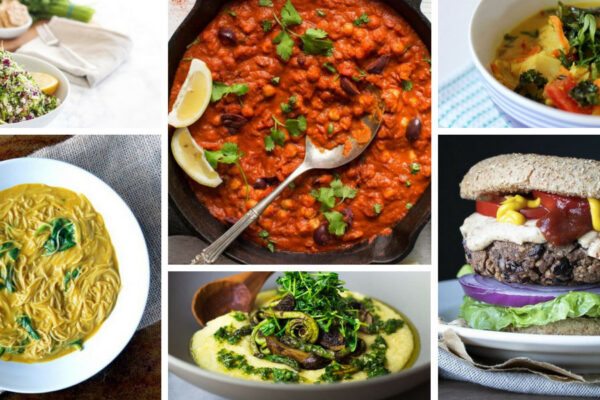Healthy Batch Cooking 101
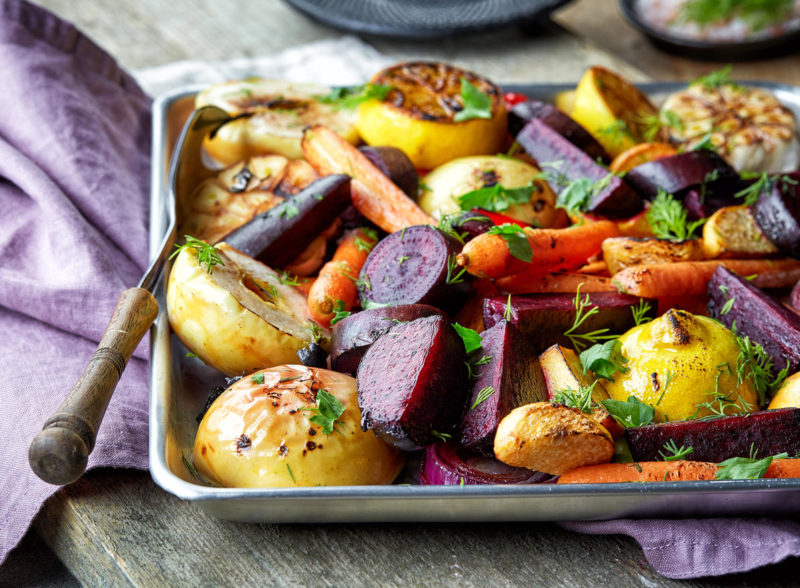
During a busy day, it can be challenging to cook three nutritious meals plus snacks from scratch. Employing kitchen hacks to get dinner on the table quickly can be helpful, but if you’re looking to plan for an entire week’s worth of eating then healthy batch cooking is the way to go. When you pre-make food in large quantities, you and your family can enjoy meals and snacks throughout the week without a lot of fuss.
Healthy batch cooking can help you:
- Remove the stress from deciding what to eat for breakfast, lunch, dinner and snacks
- Spend less time in the kitchen throughout the week
- Ensure you have healthy meals sitting in your fridge, freezer or pantry, so you won’t resort to restaurant meals or takeout
- Save money, as you’ll cook and eat what you need rather than spend $12 on a latte and muffin when hanger strikes
- Explore new recipes and culinary skills
- Bond with family members and have fun, both when you recruit family members to help and when you later can sit down to a relaxing meal together
- Support your health + wellness goals
While healthy batch cooking may take some extra time at the beginning of the week, spending a few hours on meal prep will actually save you time later. At the Academy of Culinary Nutrition, we batch cook on the regular and we’re so excited to share our healthy batch cooking tips with you!
Get your FREE Batch Cooking Guide plus 35 more free resources!
Fill out the form below for instant access.
Free Resource Library
Enjoy more than 40 downloadable guides, recipes, and resources.
The Culinary Nutrition Guide to Healthy Batch Cooking
1. Choose your recipes
Create a menu plan with recipes, which allows you to design your week of eating and ensure that you’ve got all your bases covered. Peruse food blogs, food magazines or social media for inspiration and collect what appeals to you, but remember since you’ll basically be eating leftovers with healthy batch cooking, you’ll want to pick recipes that will keep well in the fridge or freezer.
If you are cooking for one, using recipes that serve 4 will likely suit you for the week. If you’re cooking for a family and want plenty of leftovers, aim for recipes that serve at least 8 or double or triple recipes that serve 4-6.
Breakfast Batch Cooking Ideas
- Make smoothie kits: compile your smoothie ingredients (minus the liquid) and freeze in a mason jar or bag in the freezer. When you’re ready, add liquid and blend. Or you can make your smoothies ahead of time and stash them in the freezer, then defrost overnight.
- Quiche (vegan or non-vegan)
- Baked oatmeal (you can also make ‘oatmeal’ with other grains, like buckwheat, teff, millet and quinoa – try this quinoa chia porridge)
- Baked egg cups or muffins: Mix eggs and veggies together (you can add meat as well), then bake in muffin tins, jars or ramekins.
- Overnight oats – make several jars, these will keep for 3-4 days in the fridge.
- Muffins, breakfast cookies or scones: bake a double batch and store in the freezer, take out as needed. You can go sweet, or make ’em savory.
- Breakfast congee: mix gluten-free grains such as brown rice, millet, quinoa or sorghum in broth, and add veggies or meat to bulk it up.
- Granola or granola bars: Bake a huge batch of granola (this one is easily customizable) and store it in a glass jar. When you’re ready to eat, add nut milk, fresh fruit and dairy-free yogurt for breakfast or a snack. For a grab and go option, make protein-rich granola bars.
- Roasted veggies + tempeh or eggs: Roast a huge batch of vegetables and pair them with hard boiled eggs, tofu or tempeh
- More vegan breakfast ideas here!
Lunch + Dinner Batch Cooking Ideas
- Mason jar salads: Layer salad dressing, beans, gluten-free grains, veggies, greens, eggs, meat, etc. in jars. These will keep for about 2-3 days in the fridge, perhaps a little longer if you don’t add the dressing. When you’re ready, shake and eat!
- Salads with cooked elements, like this wild rice protein power salad or roasted sweet potato + Brussels sprouts salad
- Lunch or dinner bowls – learn how to make them without a recipe
- Soups or stews – make a huge pot and reheat throughout the week. Try these 20 Dairy-Free Soup Recipes, 20 One-Pot Meals, or Top 20 Slow Cooker Recipes
- Chili (Vegan or Meat)
- Curry
- Casseroles
- Baked Pasta or lasagna
- Find more recipe inspiration from these 30 Gluten-Free Dinner Recipes and 20 Budget-Friendly Meals
- Veggie Burgers or Meat Burgers – these can be easily cooked in large batches, and then freeze (we recommend putting parchment between burger layers so they don’t stick together). You can also form the patties, freeze, and then defrost and cook later
Snack Batch Cooking Ideas
- Cut up fruits and veggies and store in containers in the fridge
- Make trail mix and divide into small containers for when you’re on the go
- Muffins
- Energy bites or bars
- Gluten-free bread – we like this high-protein almond bread recipe, double the batch and store in the freezer. It’s great spread with nut butter, hummus, guacamole, chocolate hemp spread, etc.
- Banana bread
- Fruit leather
- Crackers and dips
- Nut butters and dates
- Check out these 20 Best Kid-Friendly Gluten-Free Snacks
2. Cook staples + condiments in advance
When you batch cook kitchen staples and condiments in advance, then all you’ll need to do when you’re ready to eat is assemble or reheat, rather than cook. A big batch of cooked gluten-free grains or beans can be used to create a recipe-free dinner bowl, or added to soups or stews.
Some staples + condiments we like to cook at the beginning of the week are:
- A gluten-free grain (brown rice, wild rice, quinoa, millet, sorghum, teff, amaranth, etc.)
- Gluten-free bread (you can also try these gluten-free bread alternatives)
- A big batch of roasted veggies (veggies will vary depending on the season
- A bean or legume (lentils, chickpeas, black beans, kidney beans, navy beans, edamame)
- Juice several lemons to add to dishes for flavour, or to warm water
- A salad dressing
- A fermented food
- A delicious sauce (we love this almond dipping sauce)
- More homemade condiments recipes are here
3. Recruit family members or friends to help
Realistically, health batch cooking is going to take a few hours of your time and it will be much quicker and more enjoyable with help. Recruit your family members to help – even the little ones can help wash and dry produce or mix ingredients together. When everyone participates in the process, they’ll learn valuable cooking skills and an appreciation for the effort that goes into home cooked food.
Put on some music that will make everyone happy or listen to a podcast to amp up the fun factor. And, if you want to take healthy batch cooking to the next level, try starting a cooking cooperative.
4. Grab the right tools + supplies
Healthy batch cooking is way easier when you’ve got the right tools on hand to do the job. In addition to the basic, inexpensive tools that are helpful in the kitchen, you’ll find these tools helpful:
- One to two large pots or saute pans
- A slow cooker or instant pot
- A large casserole dish
- Glass jars/containers or stainless steel containers for storage (we’re not fans of plastic – there are amazing alternatives you can use instead)
- Parchment paper
- Large cookie scoop for making even-sized muffins, baked egg cups, cookies, etc.
- A large roasting pan
- A decent blender for blending up soups, smoothies, dressings, sauces, and more
- Masking tape + markers for labelling items
- An anti-fatigue mat to save your muscles after standing for a long period of time
5. Store food properly
You don’t want any of your hard work to go to waste, so ensure that you store food properly. Some of our food storage tips for health batch cooking include:
- Store pre-cut veggies like carrots and celery in water so they don’t get dried out or rubbery
- Wrap burgers, muffins and bars between parchment paper when freezing so they don’t stick together
- Tightly seal food in jars and containers
- Freeze fruit on a baking sheet lined with parchment paper so it doesn’t stick together
- If juicing, fill the jar or container up to the top – this prevents oxidation
- Label all items with the name of the recipe and the date you made it
- Cover pre-washed greens and herbs and store in a jar with water (like a vase of flowers!)
- Consider under-cooking some recipes so they overcook when you reheat them
- To keep baked items like muffins, roasted chickpeas, kale chips fresh and crisp, place a desiccant packet (the kind you get in supplements and some foods) – this prevents sogginess
- More awesome freezer storage tips here
6. Enjoy your delicious meals
Once all your healthy batch cooking and storage is complete, enjoy the spoils! Follow your menu plan and assemble or reheat as needed. And then figure something fun to do with all of that extra time in the week you used to devote to cooking.
What are your favourite tips for healthy batch cooking?
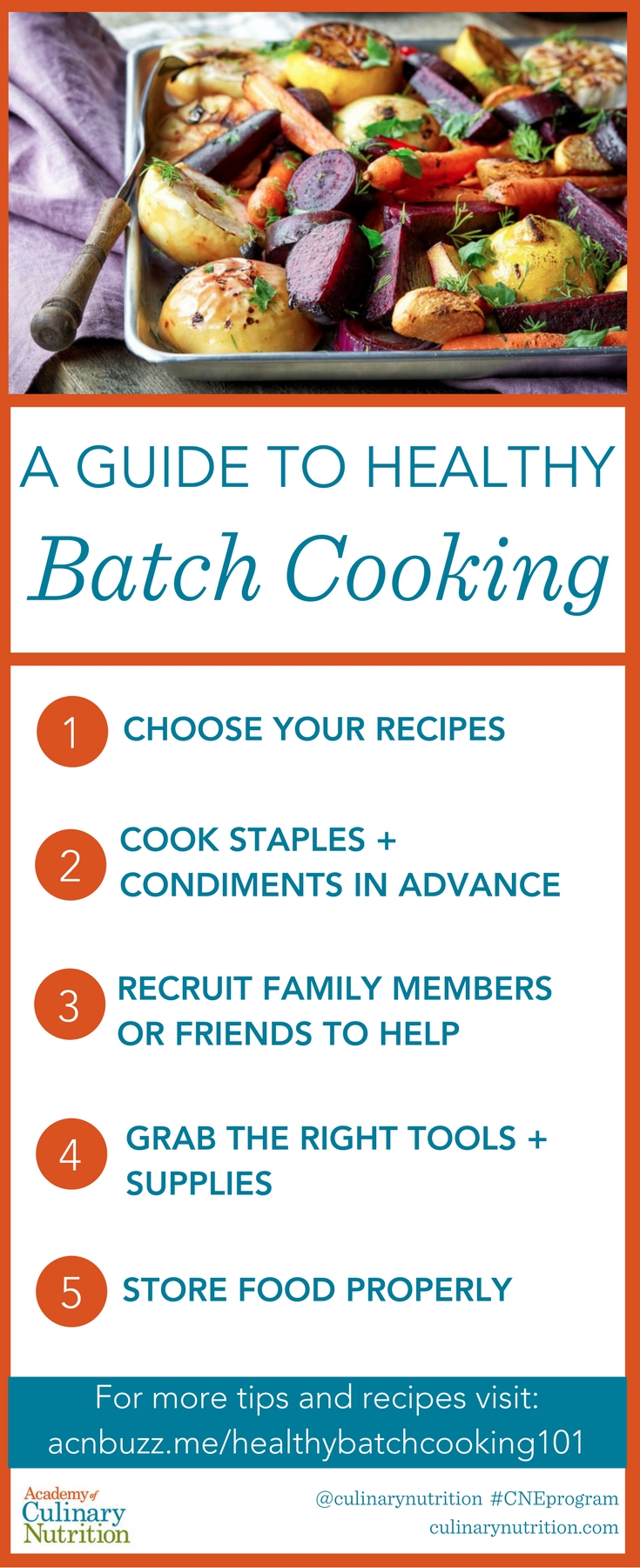
Header Image: Magone
Free Resource Library
Enjoy more than 40 downloadable guides, recipes, and resources.















